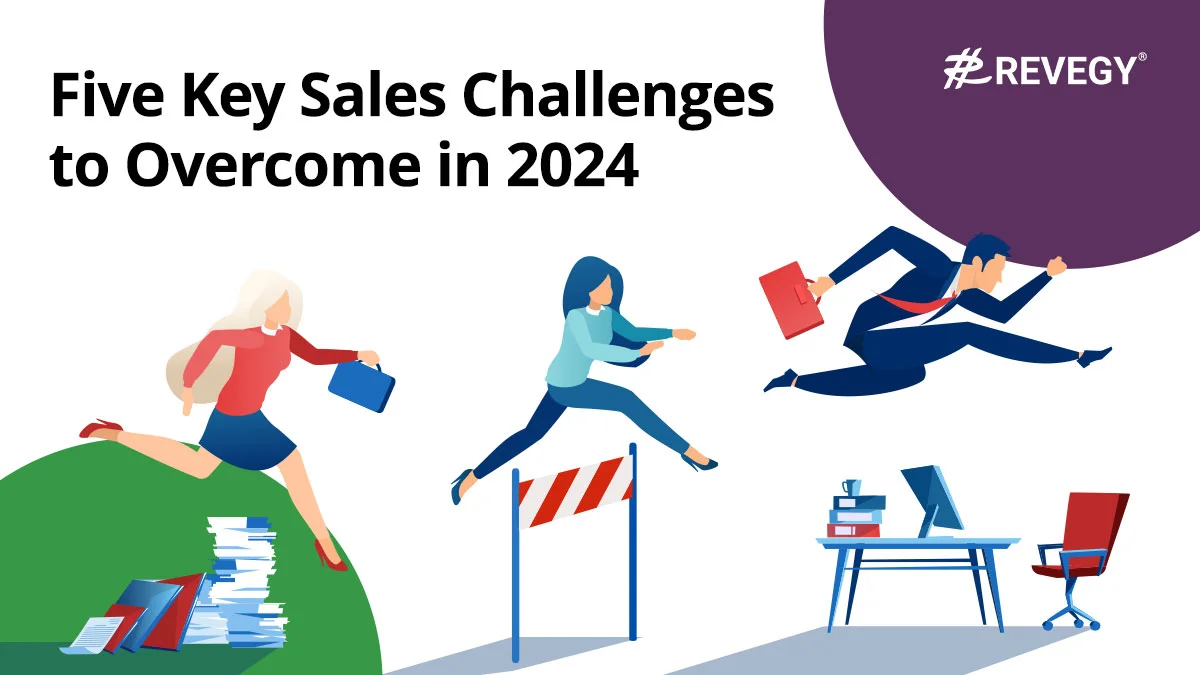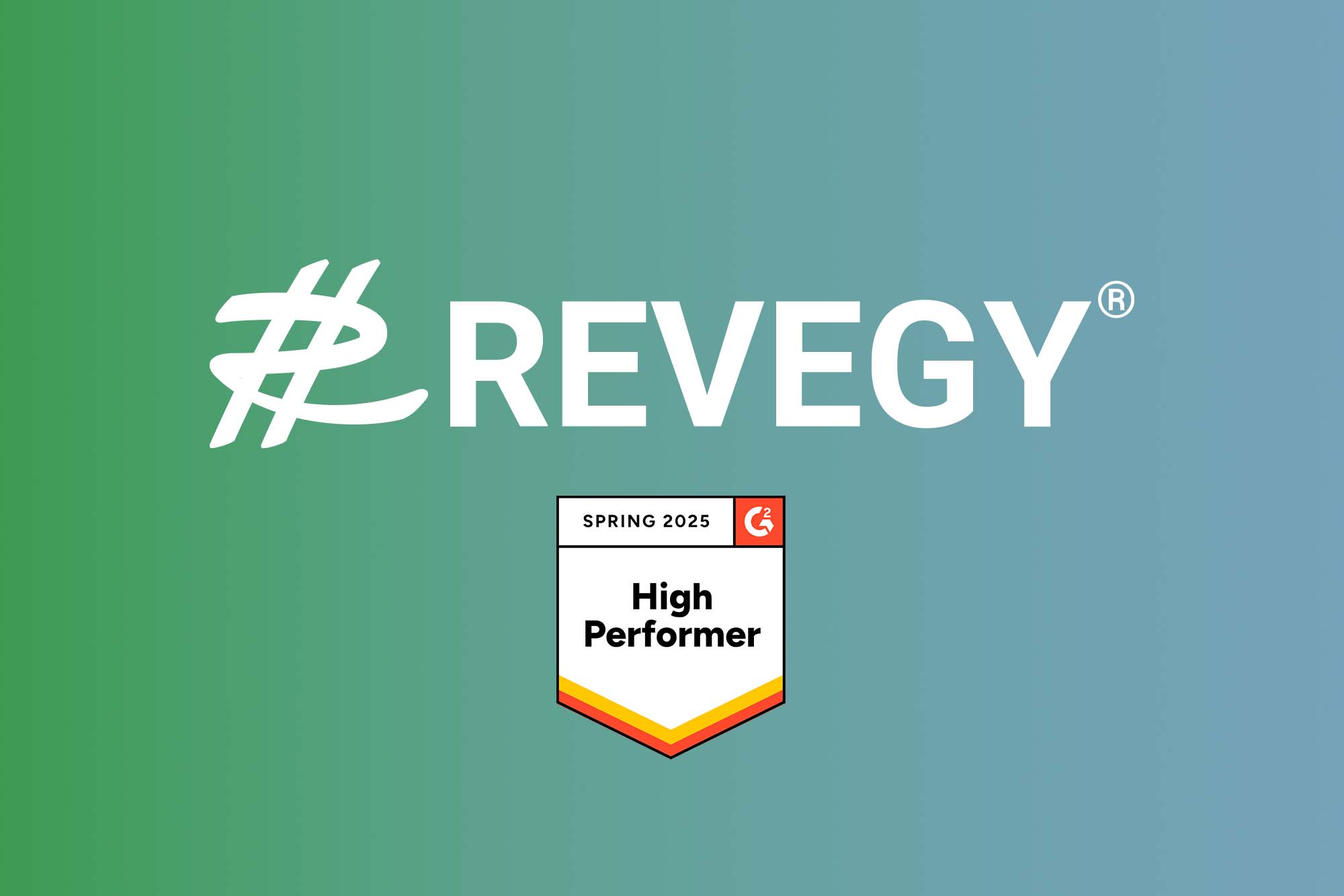As the saying goes, “change is the only constant,” and 2023 was no exception. The market saw many problems in sales: inflation and global conflicts roiled markets, causing some companies to tighten budgets and delay expenditures. B2B sellers often faced friction in the buying process, forcing them to cede more control to buyers, increase transparency in the buying process, and focus on the “long game.”
But will 2024 offer more of the same? Below, we’ll look at five sales challenges B2B sellers can expect in 2024 and explore ways to overcome them.
Sales Challenge #1: Long Sales Cycles
According to the International Monetary Fund’s latest World Economic Outlook report, global GDP growth will decline from an already lackluster 3% in 2023 to 2.9% in 2024. This means organizations will continue to be cautious about purchases, and buying groups will feel pressure to make the right decisions. With little to no margin of error, a misstep can quickly put an organization behind its rivals.
During the sales cycle, B2B sellers should anticipate that buying groups will look to build a relationship with the vendor and rely on their sales rep to help optimize spending, mitigate risk, and gain a competitive advantage. Sales team’s outreach activities, therefore, need to employ an educational tone and solutions-oriented approach rather than lead with a product or feature, and hard sales messages should be avoided. Each touchpoint in the sales cycle should be viewed as an opportunity to demonstrate empathy and understanding, and sales reps’ messaging should reinforce their knowledge of the buying group’s pain points.
This type of relationship building takes time, meaning that opportunities with a high likelihood of conversion need to be identified early, and sales reps must carefully construct their account plans. Here are some tips for overcoming these common sales challenges and shortening lengthy sales cycles.
Create a client access strategy
Use a sales execution platform with relationship mapping tools to understand the account’s gatekeepers, influencers, evaluators, and decision-makers and their relationships with each other. Then, work with your account team to build a thoughtful plan for accessing each person in the buying group.
Articulate your unique value proposition
Each buying group member must understand what your product/service can do to solve their unique pain point(s) and why your product/service is different than others available on the market. Use case studies and customer testimonials where appropriate. Be sure to depict what the “future state” looks like with your product/service, how it is better than the “current state,” and the estimated return on investment.
Build trust
Be prepared for every conversation. Know your buyer’s industries, businesses, competition, marketplace, and customers. (And know your own!) Also, put the client or prospect’s interests first and maintain a collaborative tone. Come to the table with ideas and advice, and be honest about what you can or cannot do. Communicate your product or service’s explicit value without hyperbole, and do not assume this is implied. Equally important: deliver on your commitments, such as product demos, pricing, and customer references, on time.
Set a goal for each client interaction
Before each call or meeting, ask yourself, “If this interaction is successful, what will the result look like?” For example, if you are selling software, perhaps the goal of a call is to learn the users’ needs or understand what works with their existing solution. Likewise, in a meeting with a procurement team, a goal might be to understand what the typical contracting process looks like or how long the contracting process usually takes.
Sales Challenge #2: Gen AI versus Personalization
According to Forrester Research in the report, “Predictions 2024: B2B Marketing, Sales, and Product,” by Vice President Laura Ramos and other Forrester analysts, “thinly customized GenAI content will degrade purchase experience for 70%” of B2B buyers by failing “to demonstrate an understanding of their organization’s business conditions or needs.”
Revegy’s CTO, Bill Donges, John Barrows, CEO of JB Sales, and Richard Harris, Founder of The Harris Consulting Group, agree, and in a recent webinar, discussed the downsides of Gen AI. They noted that just because Gen AI can quickly produce and send the correct number of emails at the right time, with the right messaging, doesn’t mean the technology is a cure-all. The trio insists there will always be a need for personalization and a human element and recommends that sales teams treat GenAI as a copilot, not a silver bullet.
Ken Corbit, a marketing and sales professor at Texas Christian University, concurs. As highlighted in a recent article by Elijah Clark in Forbes, Ken commented, “While AI can offer incredible data analytics capabilities, the human ability to build personal connections and provide tailored solutions remains paramount. Human salespeople can perceive subtleties in mood, understand complex needs through a simple conversation, and make customers feel valued and appreciated in a way that technology can’t yet mimic, often due to non-verbal cues and engagement.”
To avoid the pitfalls of GenAI and transform the technology from “sales challenge” to “sales agent,” Forrester suggests companies first deepen their understanding of their buyers and customers, for example, by investing in buyer and customer persona interviews, and then use this understanding to feed Gen AI, thereby improving the personalization of Gen AI-produced content such as marketing emails.
Along the same lines, sales reps can overcome this common challenge by leaning on GenAI to help them personalize the sales process, using GenAI to review podcast transcripts, LinkedIn posts, and 10k documents to answer questions such as, “How does the CEO talk about what the company is trying to do?” or “What does the CEO say about the industry?” With these insights, sales reps can more quickly and efficiently build a personalized account strategy and create the kind of human connections Ken Corbit cites as critical to sales success.
Organizations can also personalize the buyer’s journey by:
Customizing everything your sales reps do
According to a Salesforce survey, 73% of customers expect better personalization as technology advances, and 80% say the experience a company provides is as important as its products or services.
Eliminating silos in your company
In the same Salesforce survey, 79% of customers reported they expect consistent interactions across departments, yet 55% say it generally feels like they communicate with separate departments rather than one company. Furthermore, 56% say they often must repeat or re-explain information to different representations. Note: investing in a sales execution platform can overcome this B2B challenge, as the solution stores all account data in one place and eradicates silos between sales, marketing, finance, and other teams to improve collaboration and streamline handoffs.
Aligning personalization tactics to stages in the sales funnel
According to research by Forrester, buyers want different types of personalization during various stages of the sales cycle. For example, personalization targeted to buyer needs is essential in the discovery stage, while personalization targeted to the organization is vital in the purchase stage.
Measuring personalization activity metrics
Analyze personalized interactions over time to understand engagement and influence by persona. Again, modern-day sales execution platforms can prove enormously helpful at removing this sales obstacle, as most will offer robust reporting and analytics to enable your sales team to understand how personalization contributes to the buyer’s perceived value of each interaction and thus help you build repeatable processes.
Sales Challenge #3: Marketing and Sales Teams Misalignment
According to global research from LinkedIn, in the U.S. alone, an estimated one trillion dollars is wasted annually due to misalignment between sales and marketing. The finding itself isn’t necessarily surprising. After all, marketing and sales teams often use different personas, technology, and KPIs. What is surprising, however, is that organizations aren’t taking more drastic steps to close the gaps with so much at stake.
As the sales landscape is set to increase in complexity in 2024, sales success will depend on removing this B2B obstacle and increasing agility and adaptability, which are achievable only when sales and marketing are tightly interwoven.
To eradicate this sales problem and achieve cohesion, LinkedIn recommends organizations align sales and marketing activities not around the marketing funnel or sales pipeline stages but around the customer’s path to purchase, from initial awareness to implementation and advocacy. Doing so will enable marketing and sales teams to better personalize each touchpoint in the buying journey, which, as we highlighted earlier, is paramount to success.
But what does “cohesion” look like on a day-to-day basis? The answer is three-pronged:
Shared data
Well-aligned marketing and sales teams build and share a full view of each customer. As each team gathers information about the customer, whether it be through an annual report, a marketing email engagement, a LinkedIn post, a cold call, or a relationship map, the information is captured in a central repository such as a sales execution platform and distributed across teams. This visibility paves the way for improved personalization with every customer interaction and helps teams quickly cut through the noise and surface the opportunities most likely to convert into deals.
Shared mindset
When marketing and sales teams are of the same mindset, no one group owns an activity. For example, suppose the goal is to create awareness at the beginning of the buying journey, typically considered a marketing activity. In that case, both teams can instead assume responsibility for the initiative. Marketing can create content that it promotes through digital ads, email, and the like, and sales reps can post key takeaways from the content on LinkedIn and other social channels.
Likewise, consider the “negotiation” stage of a buyer’s journey, typically considered a sales activity. Sure, sales can work through contract redlines with the customer’s procurement team. But what if marketing at the same time sent procurement-specific messages to the procurement team through targeted ads, email, and other means?
According to Jeff Davis, Founder of the Marketing and Sales Alignment Summit, win rates increase when both teams collectively engage buying groups with a personalized message at the right time.
Shared goals
Historically, sales and marketing work toward different KPIs. For example, marketing may focus on website traffic or email click-through rates, and sales may focus on quotas. Instead, identify a set of shared goals that both teams can influence. It’s essential to have a “North Star” goal, such as revenue, and goals that contribute to the North Star, such as conversion rates or lead value, that both teams can influence.
Sales Challenge #4: Overlooking Social Selling
McKinsey reports that two out of three B2B buyers now prefer remote human interactions, paving the way for social selling, which provides sales reps with a dynamic, digital, and personalized way to engage with customers. LinkedIn research also supports the benefits of social selling, and statistics indicate that 78% of the sales reps who use social media outperform their peers who do not.
What’s important to remember about social selling in 2024 is that it has evolved since it first came on the scene. Social selling is no longer limited to researching a prospect on LinkedIn and inviting them to connect. Instead, it’s listening to the members of a buying group and responding to their posts. It’s participating in industry groups on LinkedIn. It’s writing and publishing articles on LinkedIn and joining panel discussions on a “LinkedIn Live.”
LinkedIn recommends sales reps adopt these four best practices:
Create a professional personal brand
Leave the hard sales messages behind and focus instead on positioning yourself as a thought leader. Share interesting content written by you or others in your organization and by third-party authors such as industry analysts or trade journalists. Demonstrate to your customers that you can provide value.
Build relationships with your prospects
Focus on the quality of your LinkedIn network rather than the quantity. Spend time researching and identifying prospects that meet your ideal buyer personas. Invite these individuals to connect and point out any connections you have in common (especially if they’re current customers!) to increase your authority. Engage with these connections in a meaningful way. For example, like, comment, and reshare their posts.
Be authentic
Make sure your interactions on social media are customer-centric rather than sales-centric. Share insights and provide helpful information that demonstrates you understand your customer’s pain points. When messaging a customer, do not use a templated approach. Personalize the content, for example, by highlighting a shared contact, industry group, or educational background.
Play the long game as a sales team
Social selling is not a quick win! Do not expect immediate results; instead, make it your goal to engage with your contacts, share thoughtful content, and consistently participate in industry groups. Social media channels such as LinkedIn offer analytics and reporting to help you track metrics such as follower growth, reach, and engagement over time. Set month-over-month or year-over-year goals and work towards them.
Sales Challenge #5: Inaccurate Sales Forecasting
The lengthy, complex sales cycles we expect in 2024 mean that traditional pipeline stages will become murky, making sales forecasting difficult. Furthermore, as more buyers now do their research before even contacting a vendor, sales reps have less understanding of where a customer is on the path to purchase. Organizations will likely suffer from vast blind spots, which can threaten their competitive position.
Traditionally, organizations develop forecasts by focusing on historical sales pipeline data and analyzing past trends and performance, asking, for example, “How many stage zero opportunities closed in the first half of the year?” Sales leaders then extrapolate this data to build forecasts and assign quotas for the new year.
A more effective way to forecast, however, is to instead focus on the customer and build a customer-by-customer, month-by-month forecast. Sounds intimidating, but leaders can overcome this sales obstacle by leaning on technology like a sales execution platform to automate the collection, organization, and analysis of all customer data across sales and marketing teams over time and understanding historically which accounts came in, how they came in, the nuances of the purchasing process, and the sales levers that worked to accelerate the deal.
With this kind of information, organizations are empowered to ask the question instead, “How many organizations sourced from this event…in this industry…with this average deal size…with this size buying group…with this length procurement process…closed in the first half of the year?” and build not just a data-guided forecast, but a data-guided account plan.
Armed with a more accurate forecast and robust account plans, organizations can then wisely budget for resources such as marketing events, sales training, or services teams, often improving the bottom line by optimizing the costs associated with deal conversion and implementation.
Rise to the Sales Challenge
Economic and geopolitical factors will continue introducing new sales challenges in 2024, forcing sales organizations to adapt. Now is the time to think about gaining a strategic advantage by aligning sales and marketing teams, thoughtfully deploying Gen AI and social selling, leaning on a sales execution platform to improve forecasting, and creating compelling, personalized customer buying experiences.
To learn more about how you can meet your buyers on their terms, request a consultation with the experts at Revegy today.





